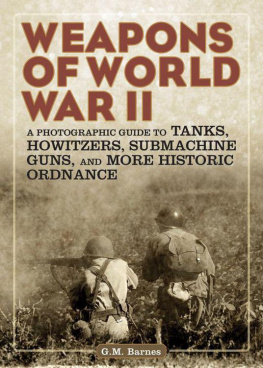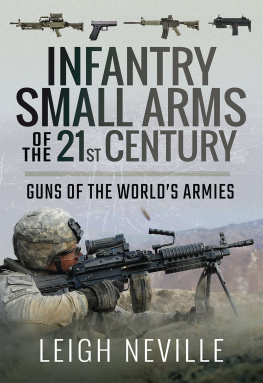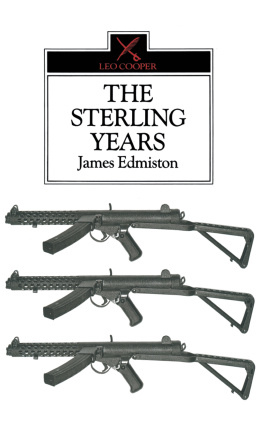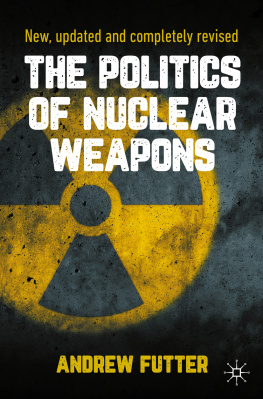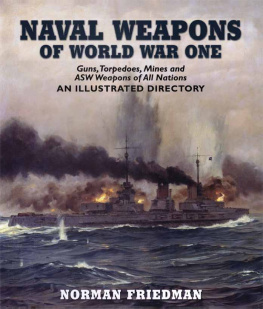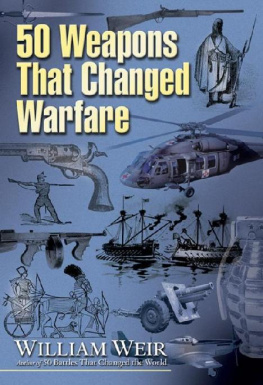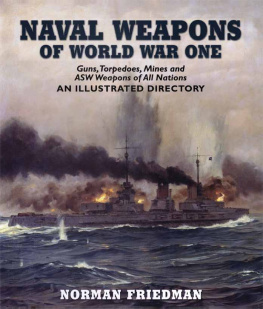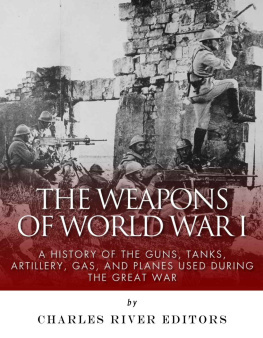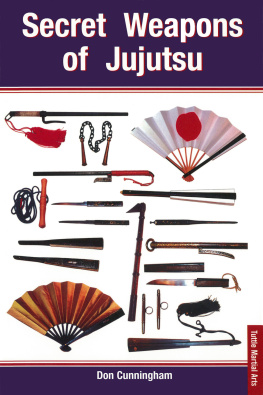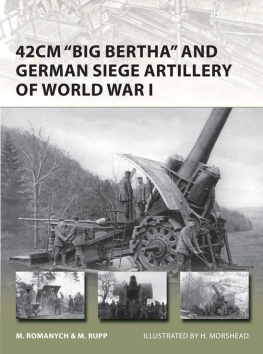This is a facsimile of the original edition, first published in 1947. Skyhorse is committed to preserving works of cultural importance and, as such, has elected to keep the text as close to the original as possible, despite some imperfections. Though the editors have made minor adjustments to fill in missing or severely damaged text, none of the original language has been altered.
Copyright 2014 by Skyhorse Publishing
All rights reserved. No part of this book may be reproduced in any manner without the express written consent of the publisher, except in the case of brief excerpts in critical reviews or articles. All inquiries should be addressed to Skyhorse Publishing, 307 West 36th Street, 11th Floor, New York, NY 10018.
Skyhorse Publishing books may be purchased in bulk at special discounts for sales promotion, corporate gifts, fund-raising, or educational purposes. Special editions can also be created to specifications. For details, contact the Special Sales Department, Skyhorse Publishing, 307 West 36th Street, 11th Floor, New York, NY 10018 or .
Skyhorse and Skyhorse Publishing are registered trademarks of Skyhorse Publishing, Inc., a Delaware corporation.
Visit our website at www.skyhorsepublishing.com.
10 9 8 7 6 5 4 3 2 1
Library of Congress Cataloging-in-Publication Data is available on file.
Cover design by Rose Storey
Cover photo credit Thinkstock
ISBN: 978-1-62914-394-1
Ebook ISBN: 978-1-63220-184-3
Printed in the United States
EDITORS NOTE
G. M. BARNES
WEAPONS OF WORLD WAR II
by Dr. Jim Casada
The son of Frank and Selinda (LaCross) Barnes, Cladeon Marcus Barnes was born in Vermontville, Michigan, on June 15, 1887. After high school, Barnes enrolled in the engineering department at the University of Michigan. He graduated with high honors in 1910 and entered the Coast Artillery Corps, where he specialized in artillery and ordnance. After being made a lieutenant, Barnes was ordered to Sandy Hook, New Jersey, for duty as a proof officer, and from that point onward he progressed steadily through the ranks as an army career officer. Most of his professional life, from the time he was moved to Washington, D.C., at the level of captain, was devoted to research and development work with weaponry. Obviously, given the fact that he eventually rose to the rank of major general, he was a man of considerable ability and, as some of his achievements clearly show, towering intellect.
In 1939, a few years before Americas entry into World War II, Barnes assumed the first of several top positions in the Office of the Chief of Ordnance, focusing particularly on research and development. The book being reprinted here is a direct offshoot of these efforts. Among the more noteworthy of his endeavors with the Ordnance Department was designing and developing the 60-ton Sherman tank with its 75-millimeter turret cannon. In 1951 Barnes would, at the request of the Office of the Chief of Ordnances historical branch, write an overview history of Ordnances activities during World War II, with particular emphasis on the tank. While apparently unpublished, this history is readily available on the Internet (http://worldoftanks.com/news/1812-chieftains-hatch-ordnance-dept-tank-development/). By the time of the completion of this report (June 12, 1951), Barnes was, as is indicated by his signing the document as G.M. Barnes, Major General U.S.A. (Retd), retired.
Another endeavor of surpassing importance in which Barnes was intimately involved was the ENIAC project at the University of Pennsylvania. ENIAC is the acronym for Electronic Numerical Integrator and Computer, a breakthrough in what Barnes described as mans endless search for scientific truth. Barnes envisioned ENIAC as being a machine dedicated to a career of scientific usefulness, although the usefulness he had in mind was work on equations connected with the development of a hydrogen bomb. For all his brilliance, not even Barnes would have grasped the fact that descendants of ENIAC would far transcend its original usage and limited thrust. Barnes also was instrumental in establishing White Sands, New Mexico, as a proving ground and the U.S. Armys missile testing range.
In the immediate post-war era, Barnes devoted considerable attention to researching and writing this book, his only major publication for public readership. The first edition, from the noted New York publisher D. Van Nostrand Company, appeared in 1947. This would apparently be the only edition during the authors lifetime, which is somewhat surprising given the interest in weaponry in the aftermath of World War II. Recently, however, Literary Licensing has offered print-on-demand reprints of the work. Perhaps because there was only the one edition with no contemporary republication, Weapons of World War II has become rather difficult to find. A nice copy of the book, with its green cloth still bright and the dust jacket intact, runs north of one hundred dollars in the out-of-print market.
Its contents are precisely what the title suggests; or, to use the characterization provided by Ray Riling in his Guns and Shooting: A Bibliography, the book is an authentic account of small arms, machine guns, aircraft arms, etc., with illustrations and brief descriptions of each arm. Those descriptions and accompanying illustrations are the key to the books value, for a reader can browse its pages and quickly determine whether a given gun was used in World War II, along with learning basic information about the weapon.
Evidently the final decade of Barnes life was spent in relaxed retirement, because my researches found no indication of literary activity of any kind after 1951. Of course, it is quite possible he was involved in consulting, as one would expect of a man of his intellectual stature and accomplishments. Barnes died on November 15, 1961, and is buried in Arlington National Cemetery (Section 30, Grave 793).
This book, one that is all too often overlooked by military and weaponry historians, is of enduring value primarily from a reference standpoint. It belongs in the library of anyone keenly interested in World War II or the evolution of American weapons of war. As such it forms a logical and welcome addition to the Firearms Classics Library.
Jim, Casada
ROCK HILL, SOUTH CAROLINA


ORDNANCE-INDUSTRY TEAM IN ACTION
Left to right: Dr. Edgar C. Bain, Vice-President, Carnegie Illinois Steel Corporation; Dr. F. B. Jewett, President, National Academy of Science; Dr. William D. Coolidge, Vice President, General Electric Company; Major General G. M. Barnes, United States Army; Mr. Rudolph Furrer, Vice President, A. O. Smith Corp.; Dr. F. Sperry (now deceased), Vice President, E. I. du Pont de Nemours & Co.; Mr. C. L. Bausch, Vice President, Bausch & Lomb Optical Co.; Mr. Fred M. Zeder,
DEDICATED TO
THE OFFICERS AND ENGINEERS
OF THE
ORDNANCE DEPARTMENT, U. S. ARMY
PREFACE
The task of providing ultra-modern and effective weapons for our armies and the Allied Nations in the last war was of such vast scope that it is difficult adequately to discuss it in a short treatise of this character. Nevertheless, the Ordnance weapons used by our armies in World War II are displayed in this volume by means of developmental and action photographs, their characteristics are set forth, and the highlights of their development are discussed.

